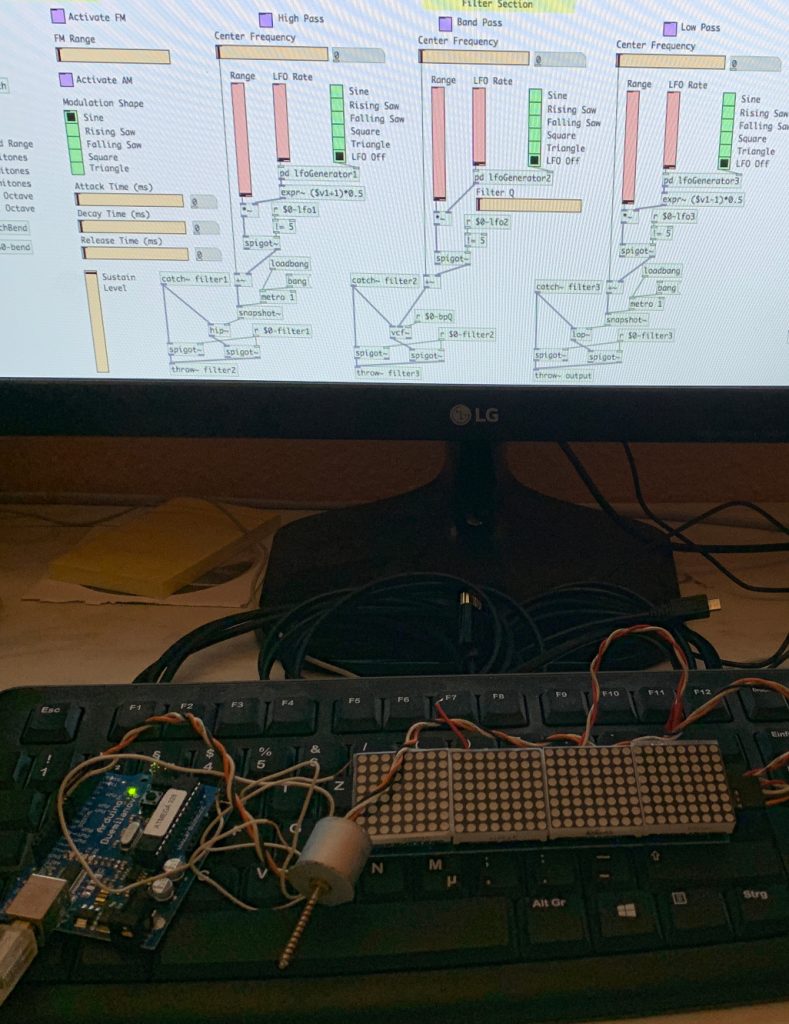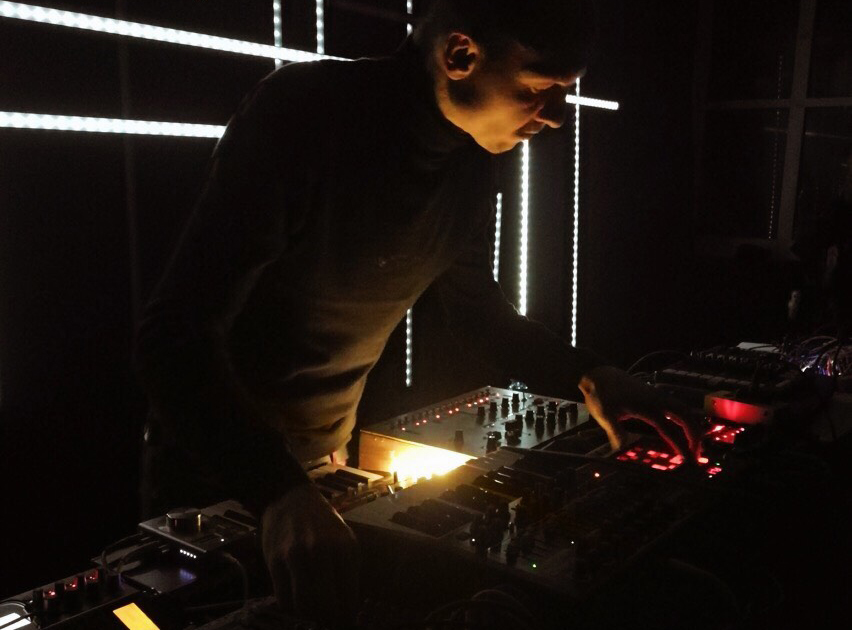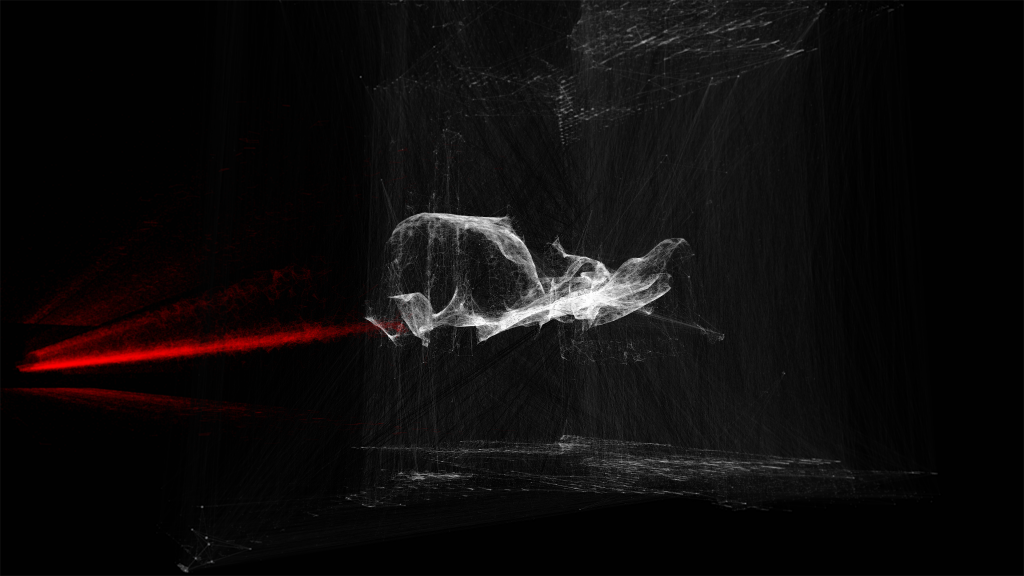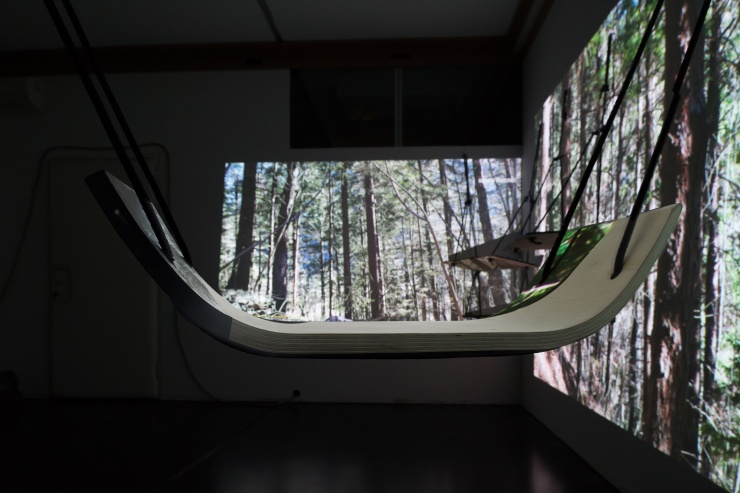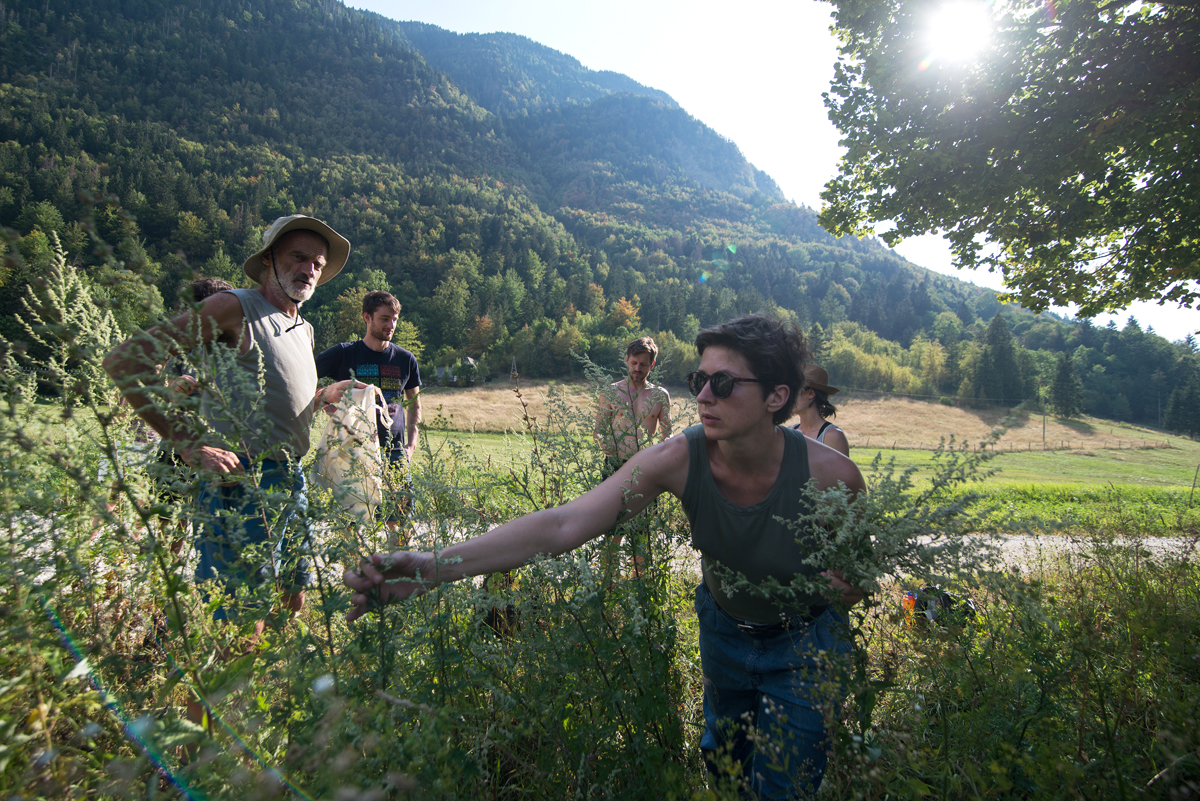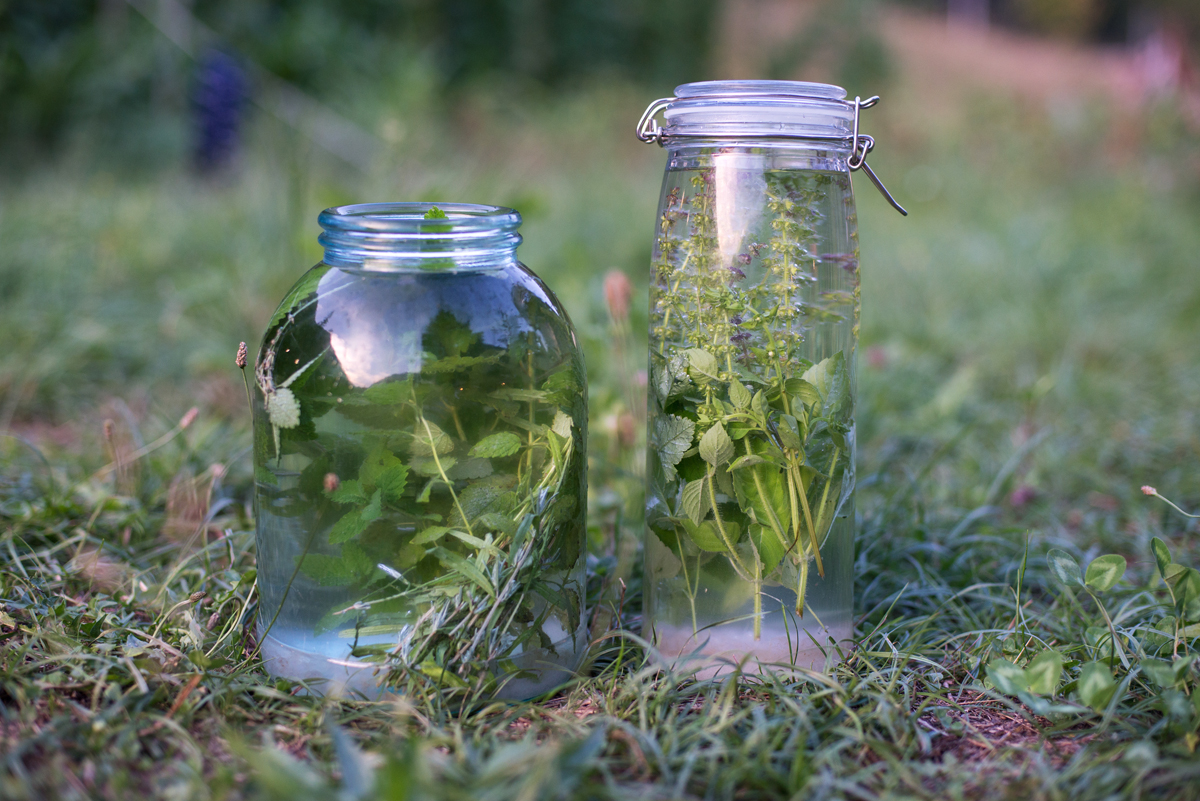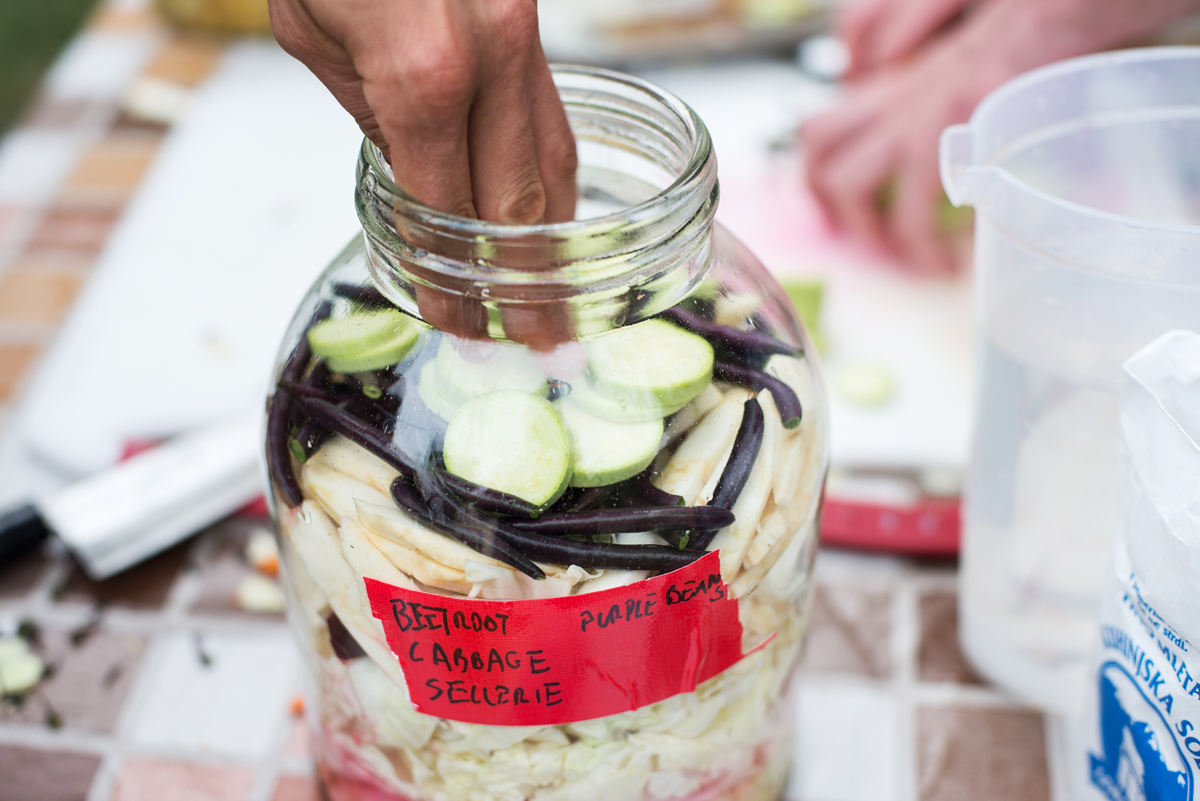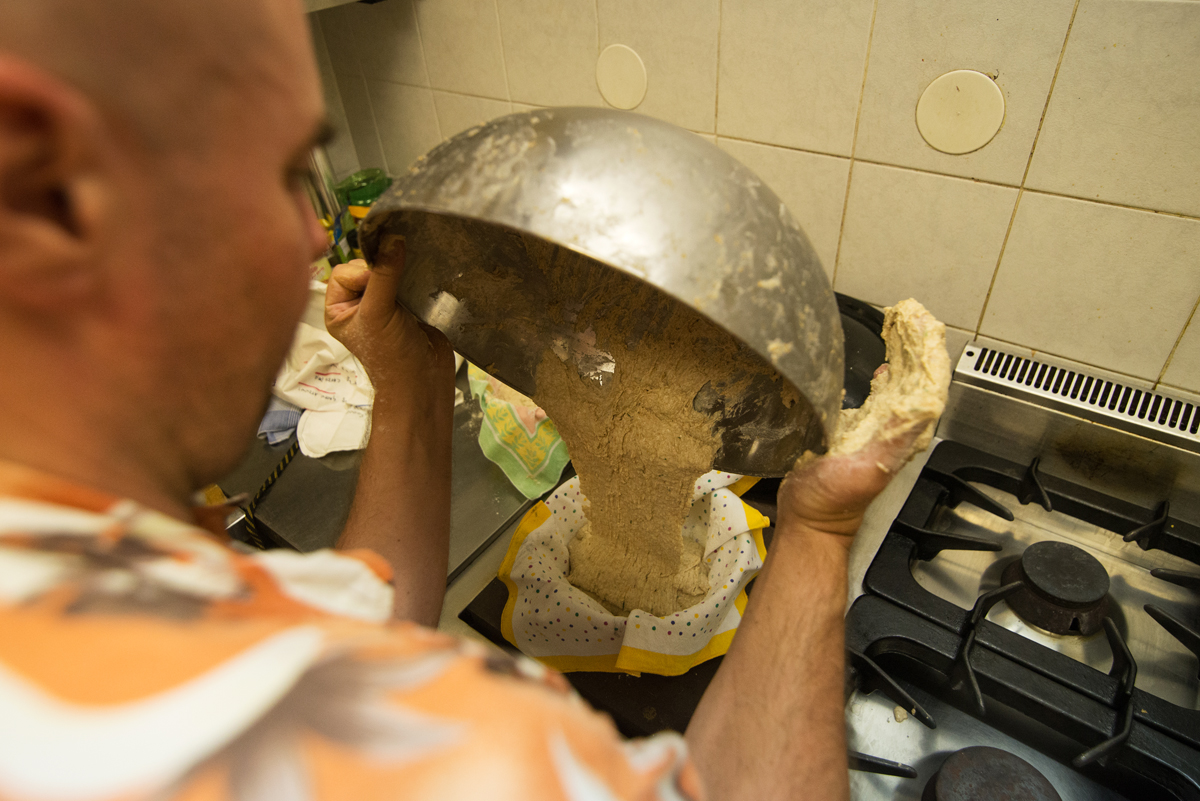The project is an interactive site-specific sound installation co-created with interested members of the PIFcamp community. A series of speakers and light sensors will be mounted on the trees in the forest close to the main area of the camp in order to create a light-responsive soundscape. The installation can be experienced in the daytime due to the continuous changes of the light conditions (sun movement, clouds, leaves movement etc) or equally in the night time where the visitors can interact with the outdoor space with torches. The second scenario will additionally give an interesting light dimension to the piece where the silhouette of the shadow of the participants will be projected on the surrounding space.
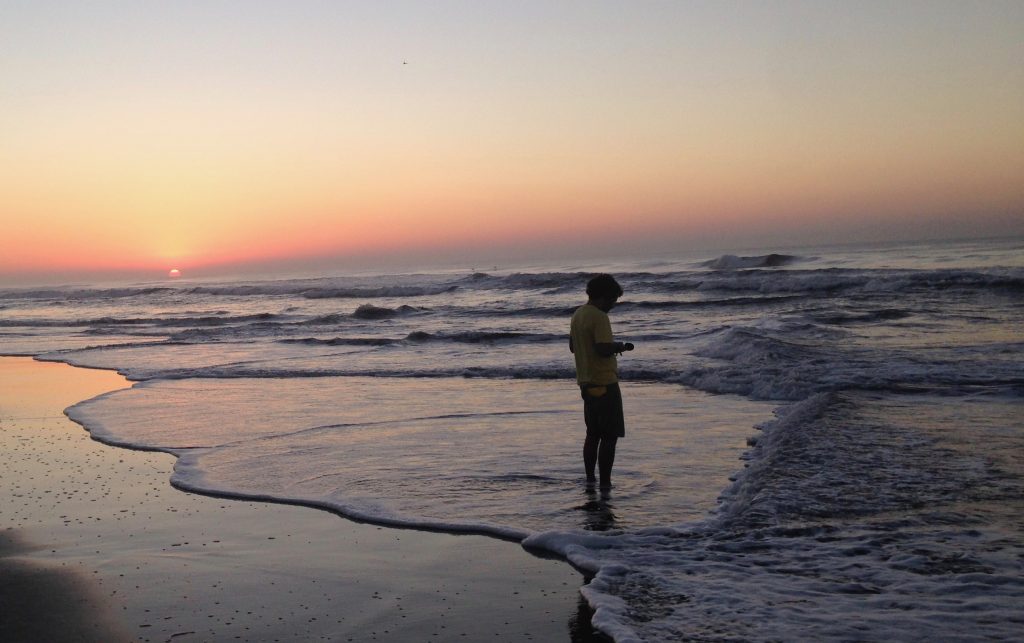
During the stay I am planning to give a workshop on embedded sound-music programming and the technologies used for the project. The interactive music system will be developed on a small single-board computers open-source platform (the Bela platform) specifically designed for low-latency interactive audio. Bela offers high performance audio and sensor processing witch can be done in C or in Pure Data amongst other standard programming environments for computer music and new media art. With this knowledge the participants can consider using Bela board for their future projects; I recommend it especially for sound related interactive projects. Pure Data is free and open course and can of course run on a laptop and on other single board computers (i.e. Raspberry Pi) so again, this knowledge is transferable to other projects too.
With the participants we will explore soundscape composition concepts, experiment with small patches for interactive sound processing and music composition, develop new patches, record sounds from the surrounding environment (we could also create miniature compositions by using materials from the surrounding environment as musical instruments ) and create collectively the interactive soundscape by jamming and exploring the interaction together. In the end we will install the system in the forest with the sensors and the speakers. I will provide the Bela boards and the speakers. The participants will have to bring a laptop running Pure Data, ideas and every cool skill they have in creative projects and music.
Find more about Alexandros here.

